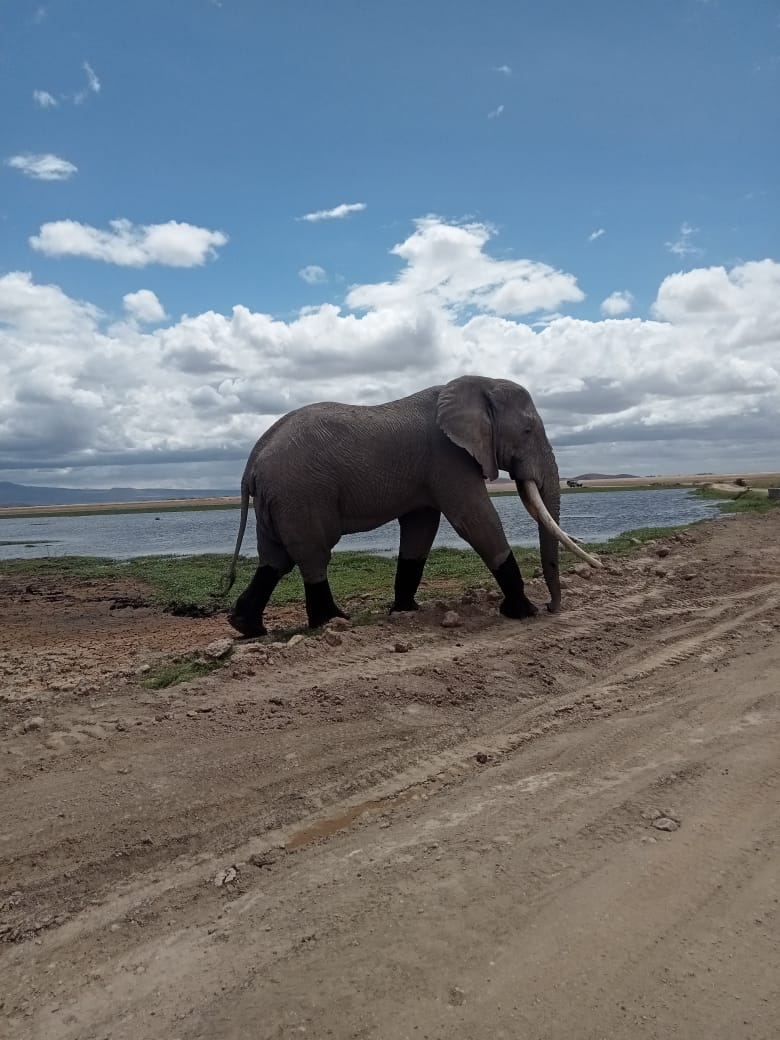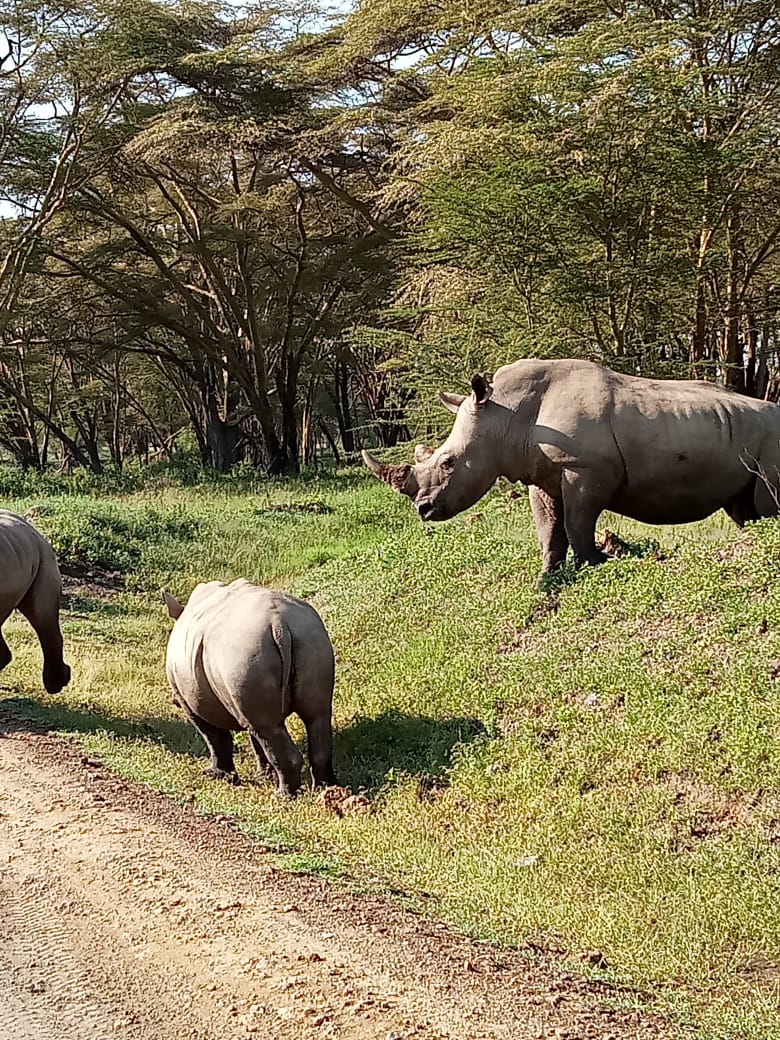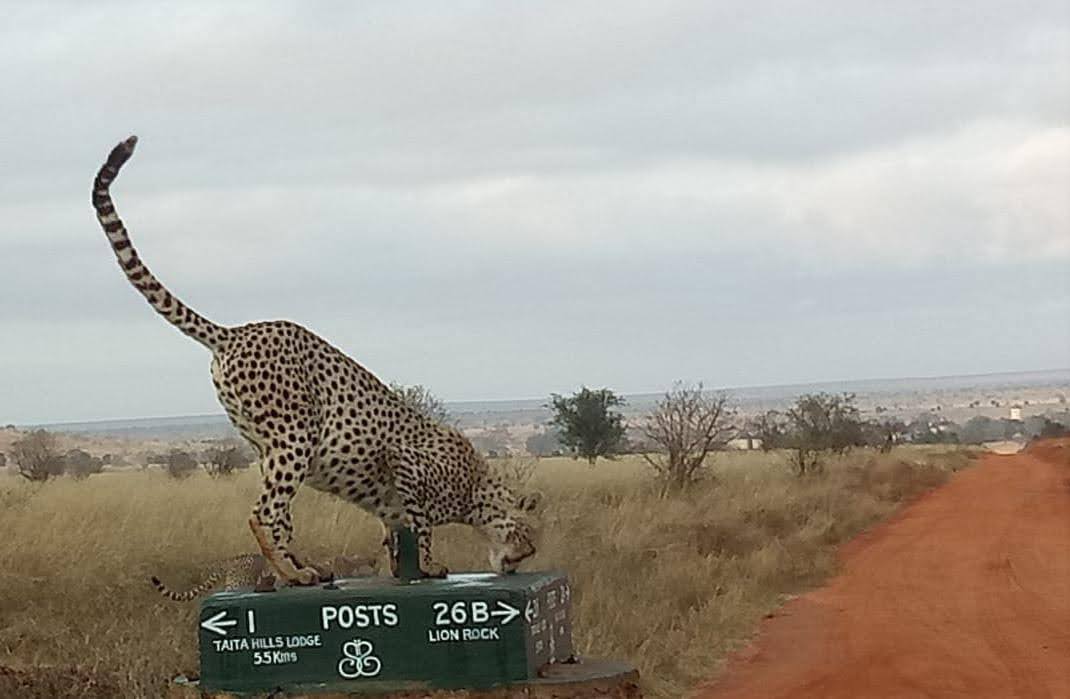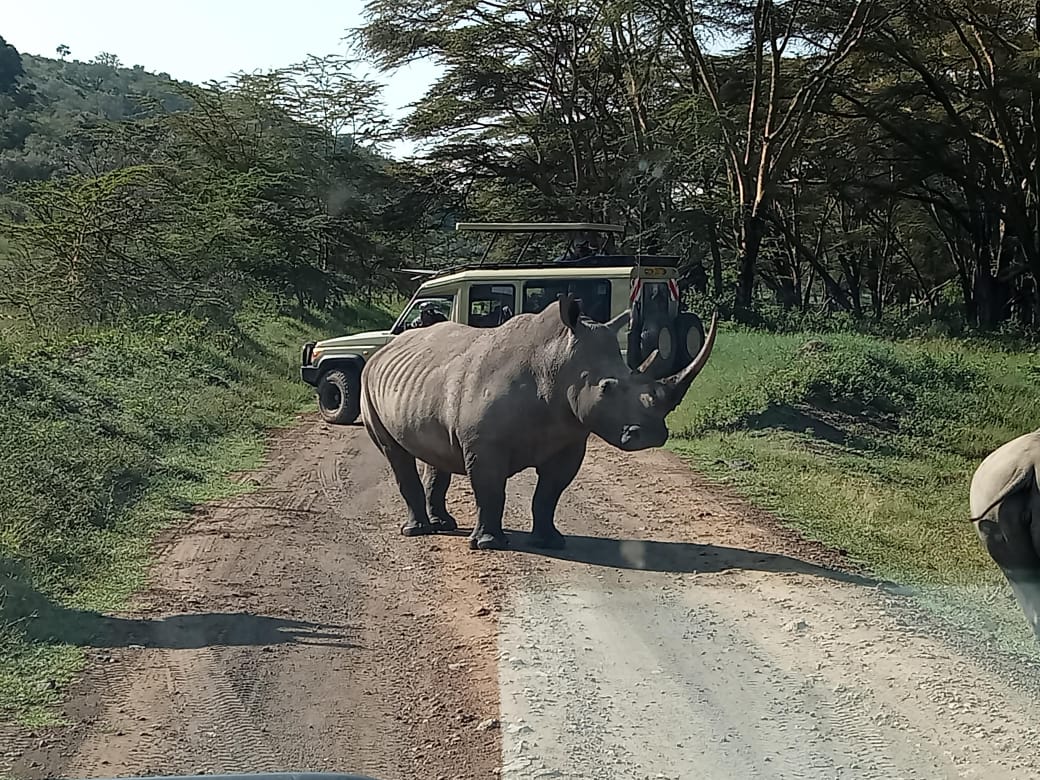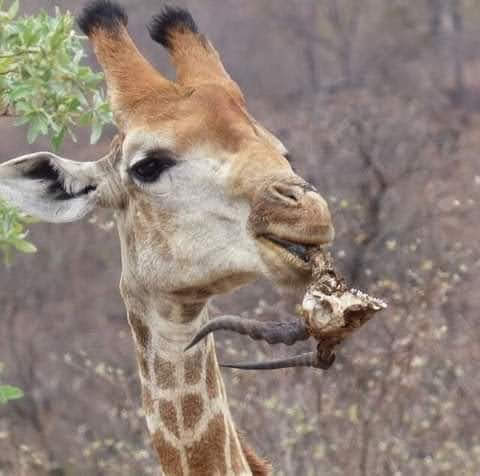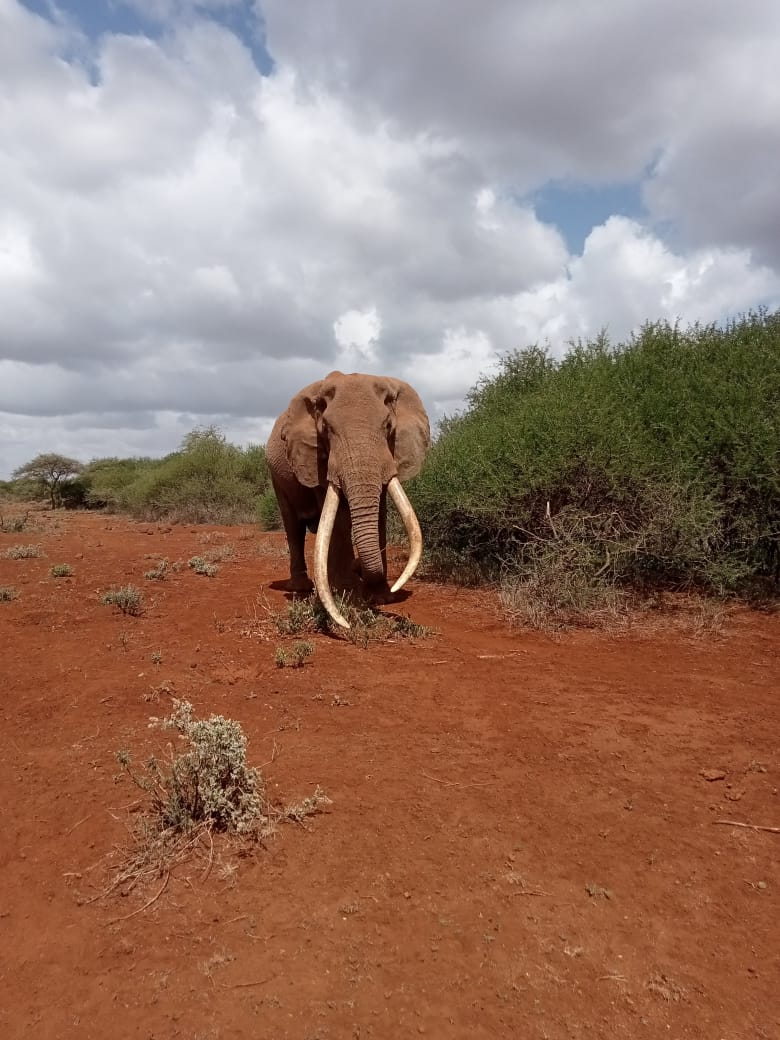Frequently Asked Kenya safari Questions
A Kenya safari is an adventurous journey into the heart of East Africa, primarily focused on exploring the rich biodiversity and unique ecosystems of Kenya's national parks and reserves. Derived from the Swahili word "safari," meaning "journey," a safari traditionally involves game drives in open-roof vehicles, where travelers can observe wildlife in their natural habitat. Today, a Kenya safari encompasses a wide range of activities, from walking safaris and hot air balloon rides to cultural experiences in Maasai villages.
Kenya stands out as a premier safari destination for several reasons. Its diverse landscapes—ranging from savannahs and mountains to forests and deserts—host an incredible variety of wildlife, including the iconic Big Five: lions, leopards, elephants, buffalo, and rhinos. The Maasai Mara, known for the Great Migration, offers one of the most spectacular wildlife spectacles on earth. Beyond wildlife, Kenya's rich cultural tapestry, with over 40 distinct ethnic groups, provides immersive cultural experiences, from traditional dances to authentic Kenyan cuisine.
Timing is crucial when planning a Kenya safari, as wildlife viewing can vary significantly depending on the season. The best time to visit generally falls within the dry seasons, from June to October and January to February. These months offer excellent wildlife sightings due to the sparse vegetation and congregated animals around water sources. However, the Great Migration, a highlight for many, occurs from July to October in the Maasai Mara. The wet seasons, from March to May and November to December, bring lush landscapes and fewer tourists, often accompanied by reduced rates but can result in challenging game drives due to muddy conditions.
The duration of a Kenya safari largely depends on personal preferences and budget. A typical safari ranges from three to seven days, allowing visitors to explore multiple parks and enjoy varied wildlife experiences. For those with more time, a 10- to 14-day safari offers a more comprehensive experience, covering both the renowned and lesser-known parks, and possibly including a beach extension to Kenya's stunning coastline. Factors such as travel time, desired activities, and specific wildlife interests also influence the length of a safari.
Kenya is home to numerous world-famous national parks and reserves, each offering unique wildlife encounters and experiences:
- Maasai Mara National Reserve: Famous for the Great Migration and Big Five sightings.
- Amboseli National Park: Known for its large elephant herds and stunning views of Mount Kilimanjaro.
- Tsavo National Parks (East and West): Offers a diverse landscape and is home to a wide variety of wildlife, including the red elephants.
- Samburu National Reserve: Features unique species such as the Grevy's zebra, reticulated giraffe, and Somali ostrich.
- Lake Nakuru National Park: Famous for its flamingo-filled shores and rhino sanctuary.
Kenya offers a range of safari types, catering to various interests and adventure levels:
- Game Drives: The most common type of safari, involving guided tours in open-roof vehicles for optimal wildlife viewing.
- Walking Safaris: Led by experienced guides, these safaris offer a closer, more intimate experience with nature, focusing on smaller wildlife and flora.
- Balloon Safaris: A unique way to see the landscape and wildlife from above, often offered in the Maasai Mara.
- Night Safaris: Available in select reserves, these safaris offer the chance to see nocturnal animals in their natural habitat.
Kenya is famous for its diverse wildlife, offering visitors a chance to see a wide range of species. The Big Five—lion, leopard, elephant, buffalo, and rhino—are the most sought-after sightings. Beyond these, Kenya is home to cheetahs, hippos, giraffes, zebras, antelopes, and an array of bird species, making it a haven for bird watchers. The country's varied ecosystems also support rarer species, such as the endangered Grevy's zebra, the peculiar gerenuk, and the majestic African wild dog.
In addition to wildlife, Kenya offers rich cultural experiences that allow visitors to connect with local communities. Many safaris include visits to Maasai villages, where travelers can learn about traditional customs, dances, and crafts. Culinary experiences are also a highlight, with opportunities to sample local dishes such as nyama choma (grilled meat) and ugali (maize porridge). These cultural interactions enrich the safari experience, offering a deeper understanding of Kenya's diverse heritage.
Packing for a Kenya safari requires thoughtful preparation to ensure comfort and safety. Essentials include lightweight, neutral-colored clothing for blending into the environment, a wide-brimmed hat, sunglasses, and sunscreen to protect against the sun. Comfortable walking shoes, binoculars for wildlife viewing, and a good camera are also crucial. For evening and early morning game drives, a warm jacket is advisable. Health and safety items such as insect repellent, a first-aid kit, and any personal medications are also essential.
Safety is a common concern for many travelers considering a safari. Generally, Kenya safaris are safe, particularly when organized through reputable tour operators who adhere to strict safety protocols. Travelers are advised to follow the guidance of their safari guides, especially regarding wildlife interactions and park rules. It's also essential to stay updated on health precautions, such as vaccinations and malaria prevention, to ensure a safe and enjoyable experience.
Kenya offers a wide range of accommodation options to suit different budgets and preferences, from luxury lodges and tented camps to budget-friendly guesthouses and campsites. Luxury lodges provide high-end amenities, including gourmet dining, private pools, and spa services, while tented camps offer a more rustic, close-to-nature experience without sacrificing comfort. Budget travelers can opt for more basic accommodations that still provide a comfortable base for exploring the parks.
The cost of a Kenya safari can vary widely depending on several factors, including the length of the safari, the type of accommodation, the season, and any additional activities. Budget safaris can start from as low as $150 per day, while mid-range options typically range from $300 to $600 per day. Luxury safaris, which offer premium services and exclusive experiences, can cost upwards of $1,000 per day. It's essential to budget for additional costs, such as park fees, tips, and travel insurance.
Kenya safaris can be a fantastic adventure for families, offering educational and memorable experiences for children and adults alike. Many lodges and camps cater to families, providing child-friendly amenities and activities, such as junior ranger programs and guided nature walks. When planning a family safari, it's important to choose a destination with appropriate safety measures and activities suitable for all ages, ensuring a fun and safe experience for everyone.
Traveling solo on a Kenya safari can be a rewarding experience, offering the freedom to explore at your own pace and focus on personal interests. Solo travelers can join group safaris or opt for private tours for a more personalized experience. While Kenya is generally safe for solo travelers, it's advisable to stay in reputable accommodations, join guided tours, and follow local safety guidelines to ensure a smooth and enjoyable journey.
Absolutely! Many safari operators offer tailor-made itineraries to suit individual preferences and interests. Whether you want to focus on bird watching, photography, or cultural experiences, you can customize your safari to include specific activities, destinations, and accommodations. Customizing your safari allows for a more personalized and flexible experience, ensuring you get the most out of your time in Kenya.
Game drives are the heart of the safari experience, offering the best opportunities to see wildlife up close. Typically lasting two to three hours, game drives are conducted in the early morning or late afternoon when animals are most active. Expect to see a variety of wildlife, guided by experienced rangers who provide insights into animal behavior and ecology. Vehicles are usually open-roofed to enhance visibility and photo opportunities, ensuring an immersive experience.
While a traditional safari is a highlight, Kenya offers a range of alternative experiences for those looking to diversify their itinerary. Beach and bush safari combinations are popular, allowing travelers to unwind on Kenya's beautiful coastline after a few days in the wilderness. Cultural tours, city excursions in Nairobi and Mombasa, and adventure activities such as hiking and mountain climbing are also available for a well-rounded Kenyan adventure.
Yes, many travelers choose to combine their Kenya safari with other destinations to maximize their experience. Popular combinations include a safari in Tanzania's Serengeti or Ngorongoro Crater or a relaxing beach stay on the Zanzibar archipelago. Multi-country safaris offer a broader range of wildlife and cultural experiences, providing a more comprehensive exploration of East Africa.
A hot air balloon safari is a unique and serene way to experience Kenya's landscapes and wildlife from above. Typically offered in the Maasai Mara, these safaris take place at dawn, providing breathtaking views of the savannah and its inhabitants. The flight lasts about an hour and concludes with a traditional champagne breakfast in the bush, making it a memorable addition to any safari itinerary.
Yes, Kenya offers year-round safari opportunities, although wildlife sightings and weather conditions vary by season. The dry seasons (June to October and January to February) are ideal for wildlife viewing, while the wet seasons (March to May and November to December) provide lush landscapes and fewer crowds. Each season offers unique advantages, making it possible to enjoy a safari at any time of the year.
